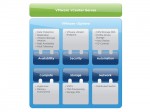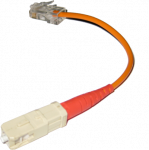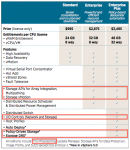As I have done since version 3.5, I’m charting the storage changes in VMware’s latest release of vSphere, 5.1. Unlike version 5, which included many new technical storage features, 5.1 mainly tweaks existing features and adds these new elements to the mix.
FCoE
Eight Unresolved Questions About FCoE
What elements remain unresolved to make FCoE truly world-class? What should the vendors be prioritizing?
Multi-Hop FCoE Is Not Ready For Prime Time (Yet)
I know that a number of FCoE-related standards are settled, and I know that there are products in the market and even some limited multi-vendor compatibility. I even accept that some customers are deploying real “Full Monty FCoE” in production. But I just can’t recommend that technology yet: It’s not prudent, widespread, and low-risk, so I say it’s not ready for prime time.
Why I Am Biased Against FCoE
I am biased against FCoE because it’s too new to be blithely and broadly recommended for production enterprise use. That’s all. Yes, the standards are standardized and there are products extant. But that’s not enough for me.
Storage Changes in VMware vSphere 5
Once again, VMware added a ton of new storage enhancements to vSphere. With storage rapidly becoming the limiting factor in scalability and performance of virtual machine environments, this is no surprise. Also not surprising is the fact that major features like Policy-Driven Storage and Storage DRS (along with SIOC) are exclusive to “Enterprise Plus” licenses.




